How to Grow Food Anywhere (Even Without a Yard)
Think you can’t grow food without a yard? Think again. Learn creative ways to grow herbs, veggies, and more—indoors or out.
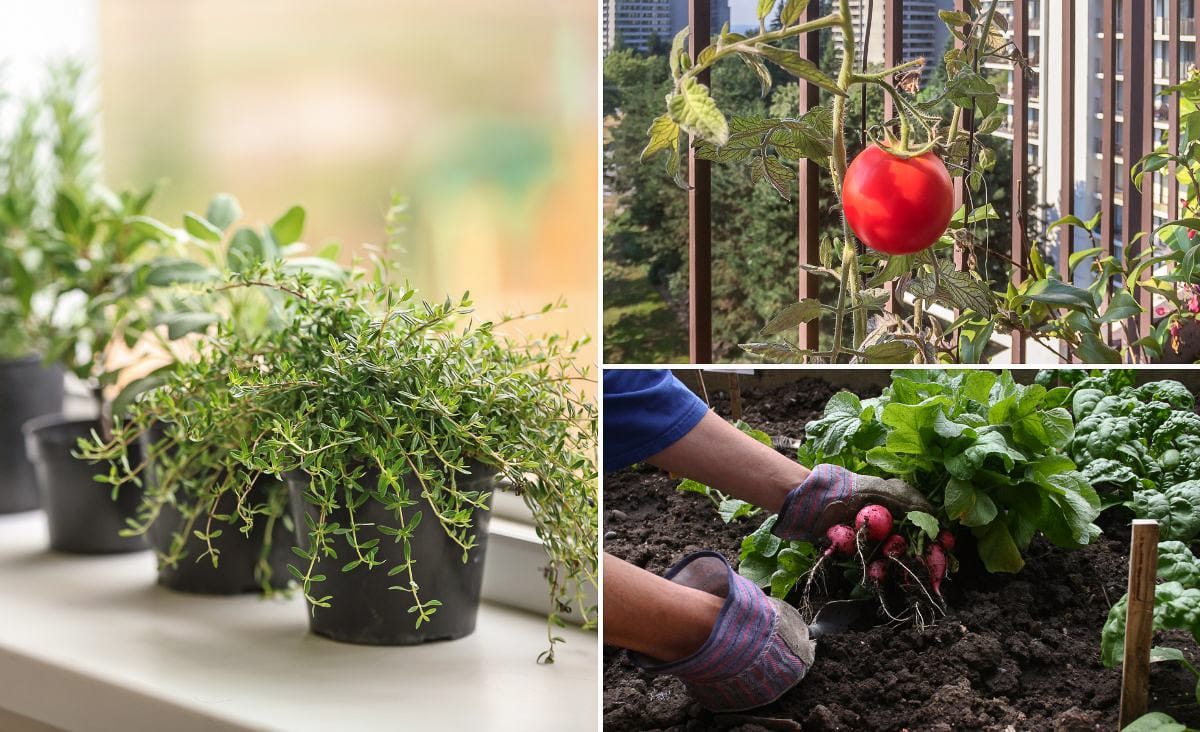
I’ve heard all the reasons—no yard, no time, no idea where to start. But here’s the thing: you don’t need a perfect setup to start growing food. You just need a little space, a few containers, and a bit of curiosity.
I’m not saying you need to turn your home into a jungle or grow every bite your family eats. But growing something? That’s always within reach.
In this post, I’ll walk you through real, doable ways to grow food—whether you have a big backyard or just a sunny windowsill. By the end, you’ll see that growing food isn’t just for people with land. It’s for anyone who’s ready to give it a try.
Indoor Growing: Start with What You’ve Got
Even if you live in a small apartment or have long winters like we do in Maine, there’s always room for a few edible plants indoors.
Windowsills are prime real estate. Herbs like basil, thyme, and chives do well in bright windows. Leafy greens like lettuce and spinach can thrive too, especially in cooler months.
Don’t have enough sunlight? Grow lights are a game-changer. A small set of affordable grow lights for indoor gardening can make all the difference—especially for leafy greens and herbs.
Just make sure your containers have good drainage. Either use pots with holes and a catch tray, or create your own setup with gravel at the bottom. And use a proper potting mix—seed starting mix is too fine for most mature plants.
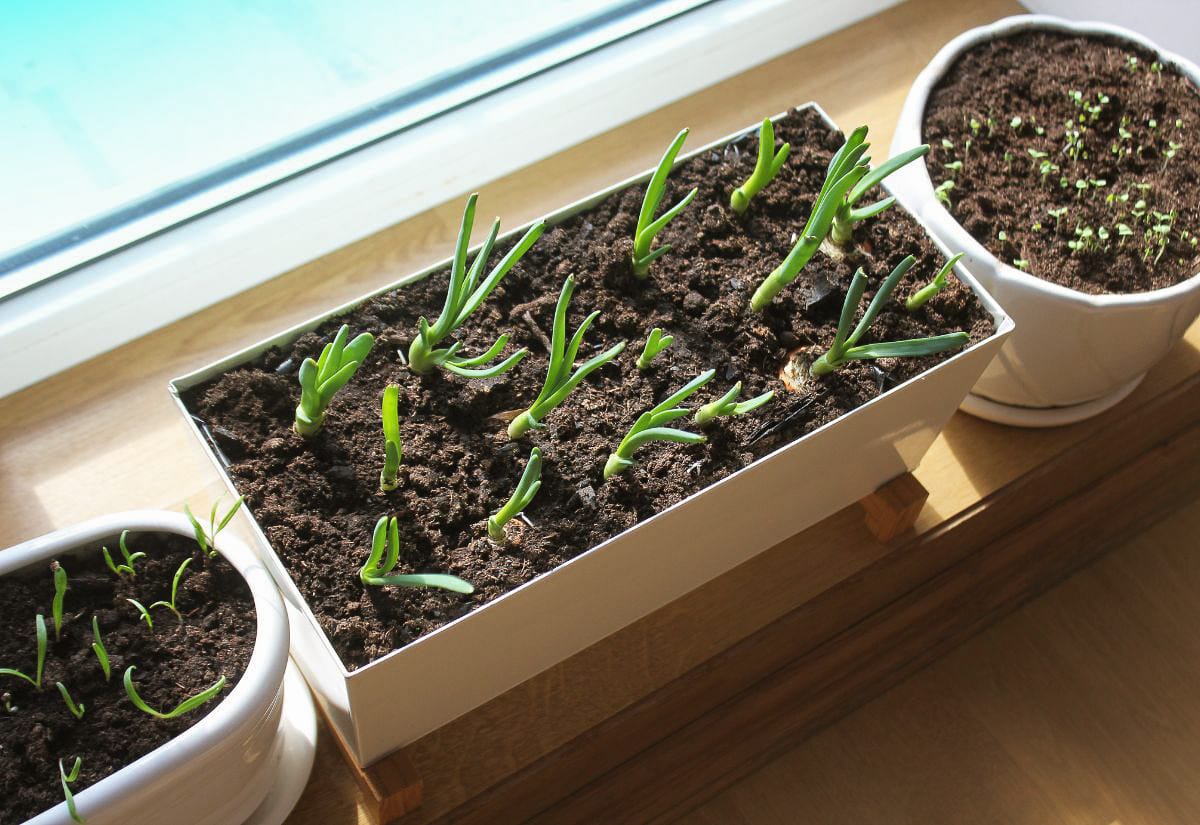
Want a deeper dive into growing edibles inside your home? My guide to growing food indoors year-round walks you through the best crops, containers, and setup tips.
Porch & Balcony Gardening: Your Outdoor Bonus Space
If you’ve got a porch, stoop, or balcony, you’re already a step ahead. That extra outdoor space means more sunlight, airflow, and growing potential.
Stick to container-friendly crops like peppers, patio tomatoes, or herbs. And think vertically! Hanging planters or tiered shelves can triple your space without taking up more floor. These space-saving vertical planters are perfect for tight spots like balconies or railings.
Worried about frost or heatwaves? The beauty of container gardening is that your plants are mobile. You can pull them inside during a cold snap or shift them to the shade if things get too hot.
If you want to make your porch or balcony garden feel a little more you, check out these fun container gardening ideas that prove style and harvests can go hand in hand.
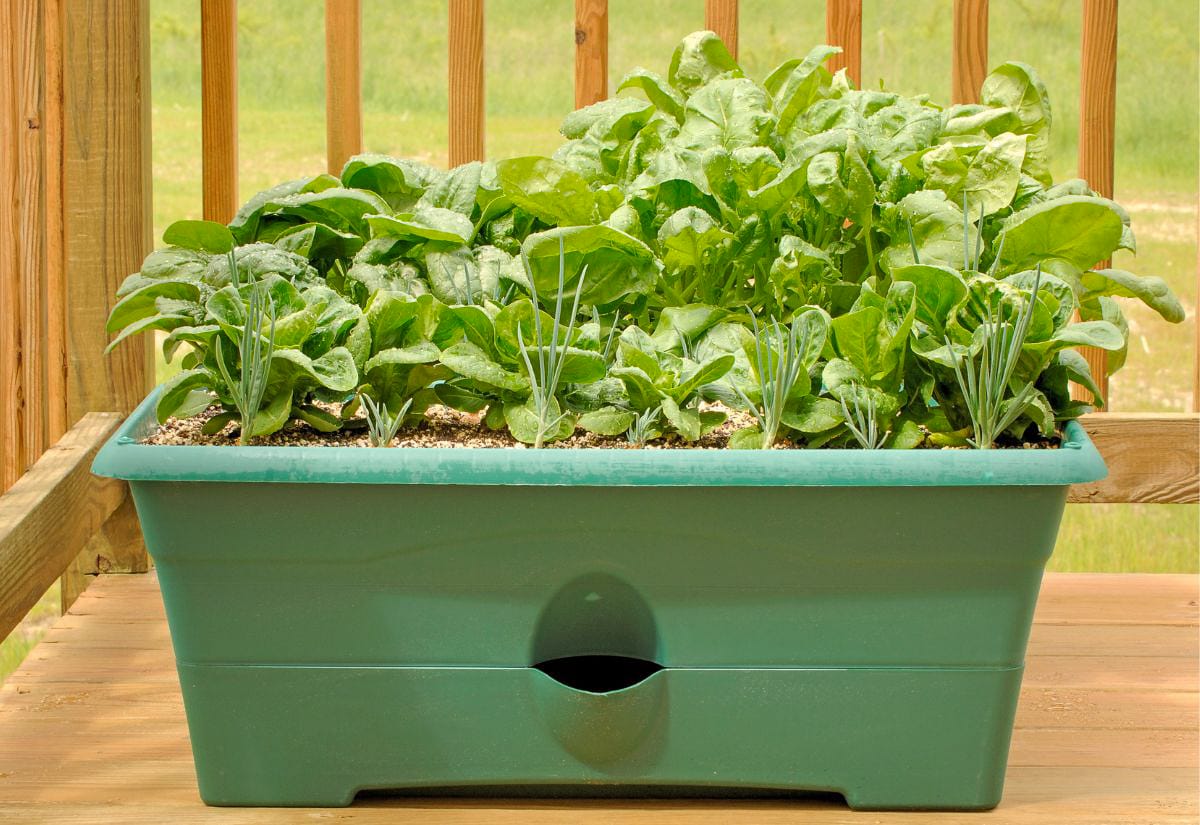
Looking for more vertical gardening ideas? These creative vertical garden projects from Empress of Dirt are full of clever ways to grow more food in less space—perfect if you’re short on room but big on garden dreams.
Container Gardening in Small Yards
Even if your backyard is the size of a postage stamp, you can still grow a surprising amount of food in containers.
Use buckets, tubs, crates, or even recycled bins. As long as it holds soil and drains well, it can grow something. Not sure what container to start with? Durable fabric grow bags are lightweight, breathable, and easy to move around as the seasons (or sun!) shift.
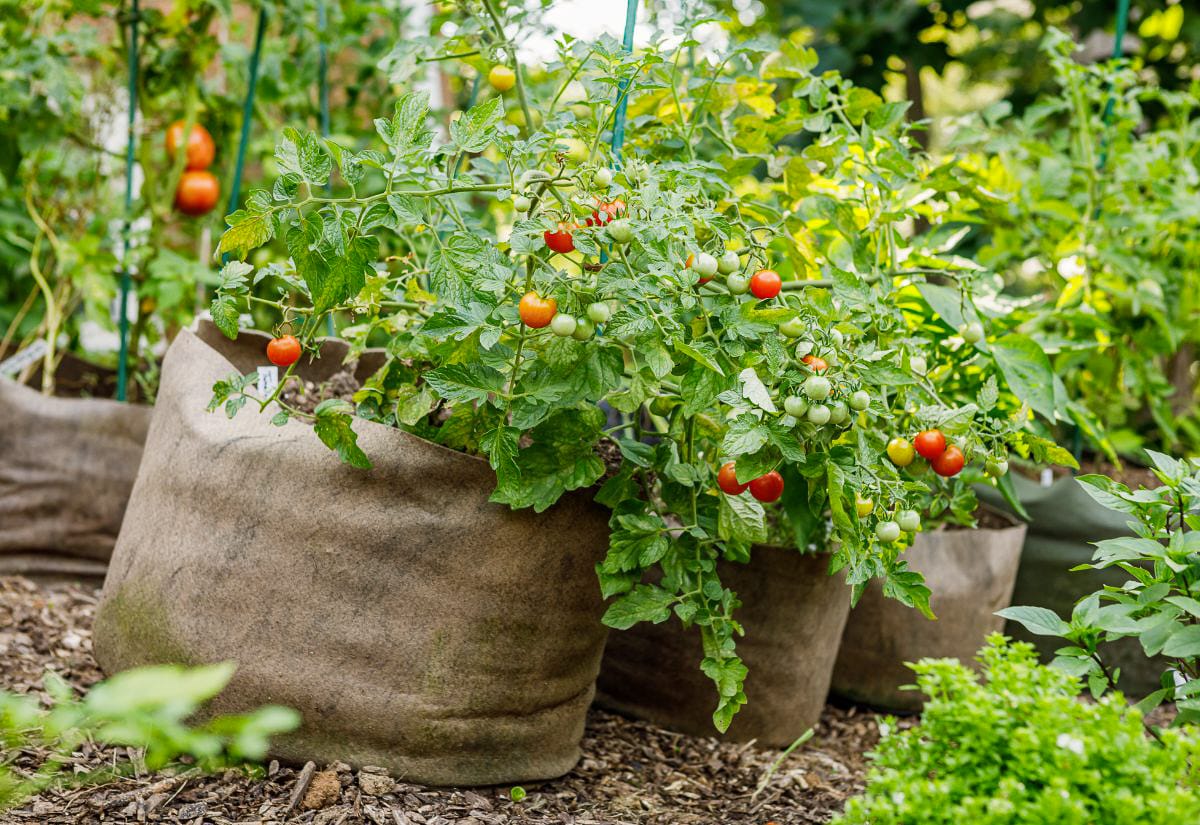
Pro tip: Group containers by light needs and watering habits. That way, you can care for them efficiently without overthinking every plant.
Outdoor Options Without a Garden Bed
Don’t want to build raised beds or dig up your lawn? You don’t have to. Just get creative with the space you already have.
- Grow beans or peas up your mailbox or railing
- Use berry bushes like raspberries or blueberries as edible hedges
- Line your walkway with herbs instead of flowers
- Let cherry tomatoes spill over from a large pot near your door
Look for places you’re already tending or maintaining, and consider how food could fit in. Edible landscaping is just gardening with snacks. Need help squeezing more productivity out of a small space? These small space vegetable gardening tips will help you maximize every inch.
Tips for Starting Small (and Sticking With It)
Don’t let overwhelm or perfectionism stop you. Growing food isn’t about doing everything—it’s about doing something.
- Start with one or two plants you already like to eat
- Use what you have before buying anything new
- Keep your watering and care routine simple and visible
Most of all: be okay with learning as you go. Every gardener has failed crops. The trick is to keep trying.
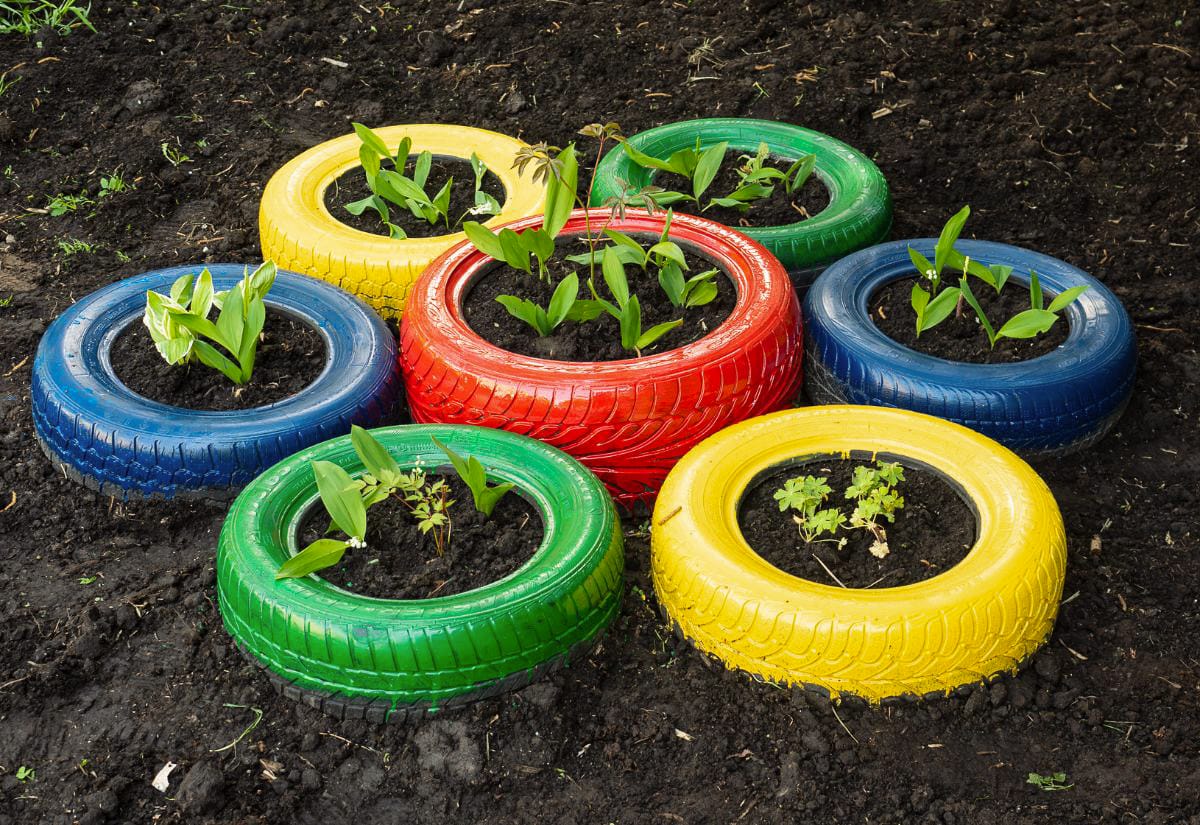
Frequently Asked Questions About Growing Food Anywhere
Still wondering if this is something you can do? Here are a few questions people often ask.
Save this post for when you’re ready to start growing food—no matter where you live!
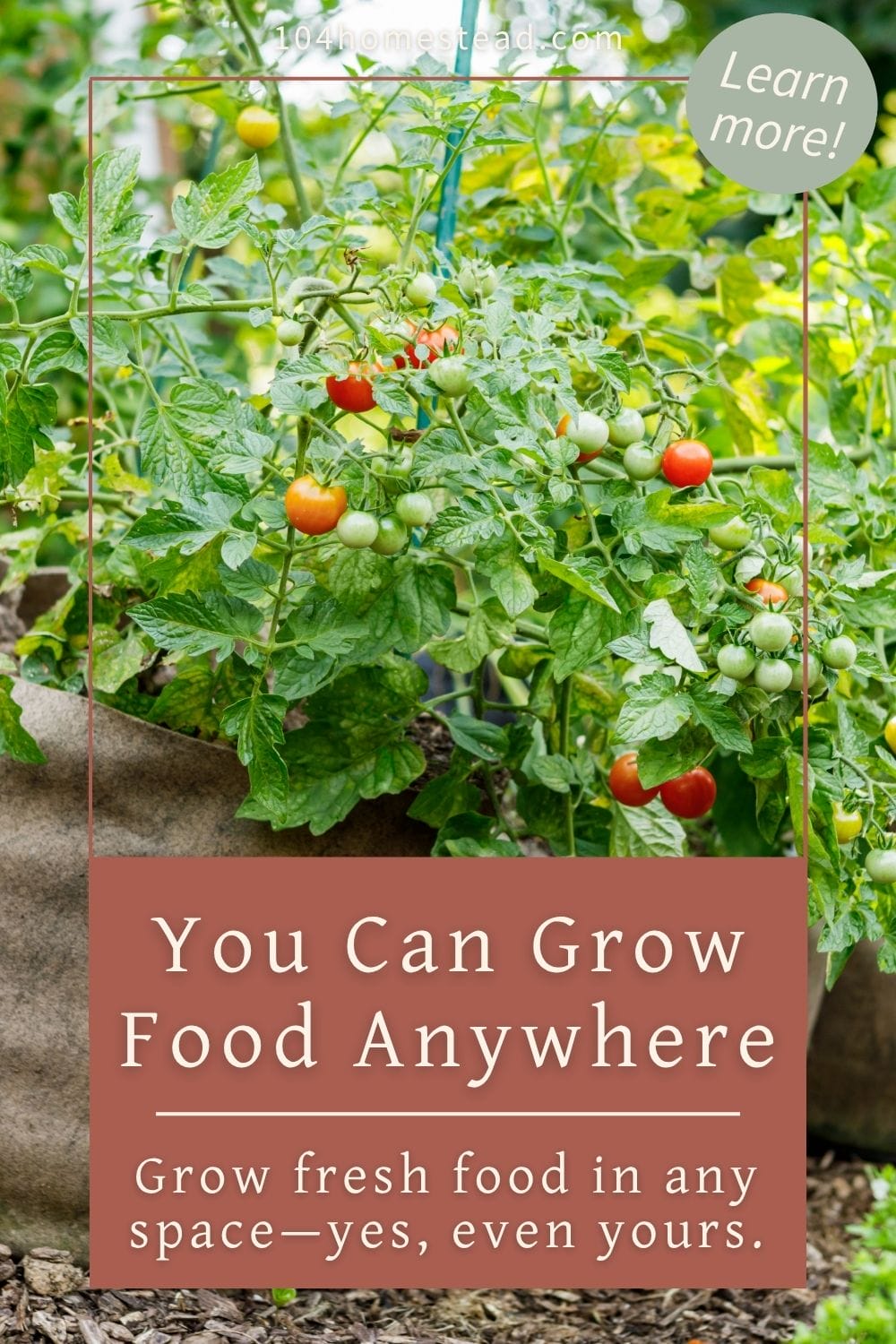
Whether it’s basil on the windowsill or a cherry tomato jungle on your porch, I promise: growing food is possible right where you are. It doesn’t take a big yard or a perfect plan—just a little bit of intention.
Let me know in the comments what you’re growing this year—or what you’re planning to try. You’ve got this.

My blueberries I have planted five years and are big but no sign of blueberries? How many years it would take to get the fruits.
Thanks I enjoy your website very much and learning a lot. Great weekend.
almas
It typically takes 3-4 years before you start seeing fruit. After that, the plant will alternate between an “on year” with lots of berries and an “off year” with less.
Great ideas for urban and apartment gardeners! Small space intensive growing like square foot gardening can be used in containers and pots too for maximum usage of space! Thank you for sharing!
So right Emma!